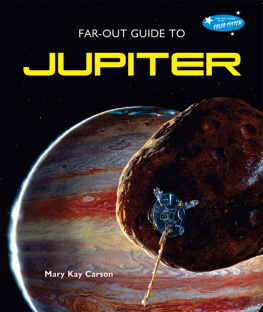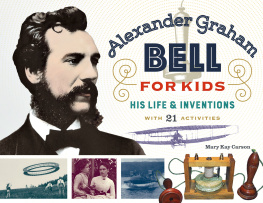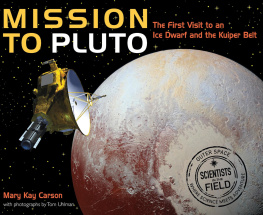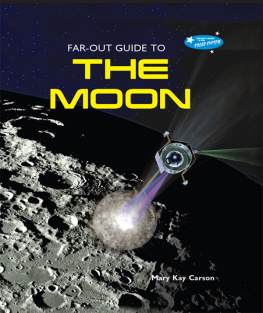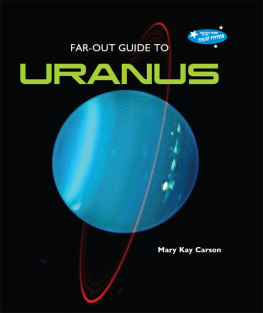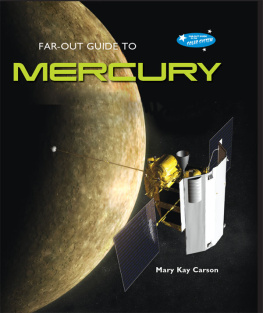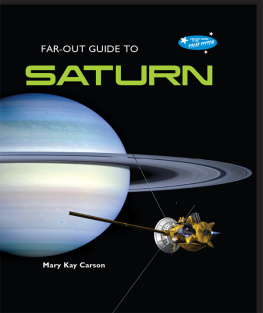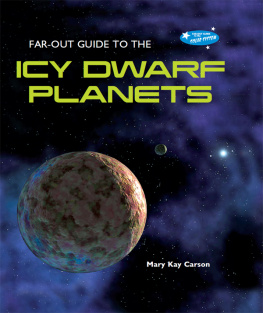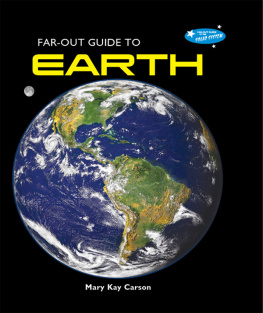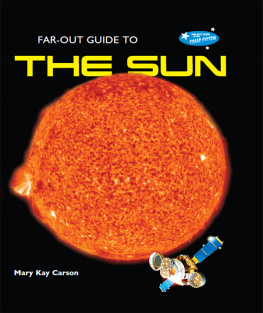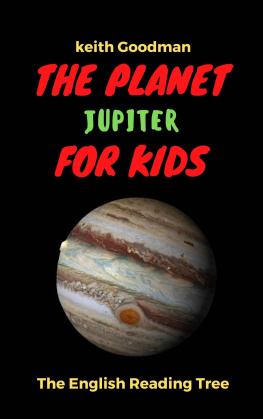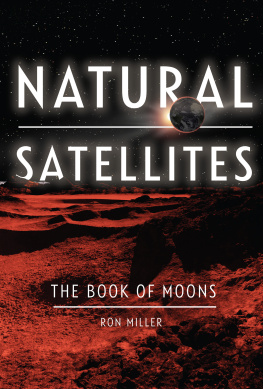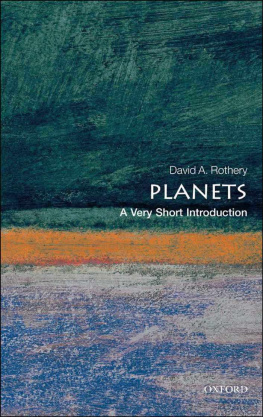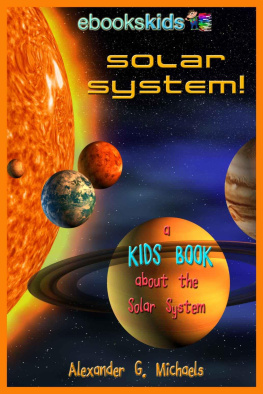
KING OF THE SOLAR SYSTEM
JUPITER IS GIGANTIC! It is bigger than any other planet in our solar system. It has rings and centuries-old storms. It has more than sixty moons, toosome with underground oceans! How do we know all this?
Space probes from Earth have visited Jupiter. These robotic explorers have taught us a lot about the King of Planets. Learn about the amazing missions, the dedicated scientists who plan them, and more far-out facts about the fifth planet from the Sun. All the facts you need, and lots more, are included in this up-to-date book.
This is a book of great value, introducing our children to one of the most important planets in our solar system.
Bahram Mobasher, PhD, Series Science Consultant
Professor of Physics and Observational Astronomy, University of California, Riverside
About the Author
Award-winning author MARY KAY CARSON has written many nonfiction books for young people and their teachers. In 2009, she received the American Institute of Aeronautics and Astronautics Childrens Literature Award.

Image Credit: NASA/JPL
Jupiter is the largest planet in our solar system, and the fifth from the Sun. (Note that the planets distances are not shown to scale.)
On Jupiter, there is a storm called the Great Red Spot. This huge storm has been raging for at least 300 years! How do we know this? Astronomers have been watching the storm with telescopes for centuries. More recently, robotic spacecraft have sent back a close-up view of the swirling storm. You will learn lots more far-out facts about Jupiter in this book. Just keep reading!
Jupiter is gigantic. It is bigger than any other planet in our solar system. Imagine gathering up the seven other planetstwice. Now squash all 14 together. This planetary ball is big, but amazingly, Jupiter is still bigger! You could stuff more than 1,300 Earths inside Jupiter. You cannot stuff that many peas into a sandwich bag. Jupiter is enormous!
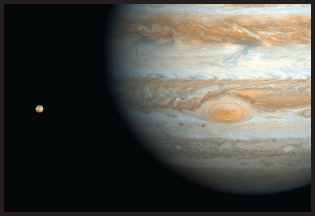
Image Credit: NASA/JPL/University of Arizona
Io, the moon of Jupiter in this photograph, is about the size of Earths moon. But it looks tiny next to gigantic Jupiter!
Even though Jupiter is the biggest planet in the solar system, it is hard to study. No spacecraft could ever land there, because there is no land! Jupiter is a gas giant planet. Like Saturn, Uranus, and Neptune, it is a world made mostly of gases. Most of its gases are under so much pressure that they have been squashed into liquids.
Space probes from Earth have visited Jupiter. These robotic explorers have taught us a lot about the King of Planets. They have discovered rings and studied centuries-old storms. Spacecraft have checked out Jupiters moons, too. Unlike Jupiter, these smaller worlds have landand likely even have oceans under their surfaces. Now scientists want to find out if anything swims in them.
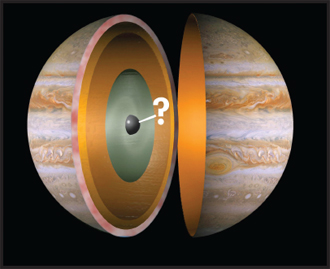
Image Credit: NASA/JPL
Jupiters layers are mostly liquids and gases. Space scientists think Jupiters core is solid, but they are not sure what kind of solid. It may be ice, rock, or metal.
Being gigantic gives Jupiter a lot of pull in its neighborhood. Gravitational pull, that is! The more massive an object, the more gravity it has. Jupiter tugs on everything near it, including over sixty moons. Jupiters gravity also pulls in a lot of passing asteroids and comets. That has kept the rest of our solar system a bit safer. Being slammed by an asteroid or comet can be hard on a planet!
FAR-OUT FACT
There are three different ways to compare planet sizes. Mass is how much matter is in something. Mass is measured in kilograms. Volume is how much space something fills. A planets volume is often compared to Earths volume. As with any sphere, the distance through a planets center is its diameter. Diameter is measured in miles or kilometers. Jupiter is the biggest planet in all three ways! Check out Jupiters mass, volume, and diameter .

Image Credit: NASA
This illustration shows the Galileo spacecraft at Jupiter. The probe was about the size of a bus.
It was 1994. After traveling for nearly five years, the Galileo space probe was just arriving at Jupiter. A space shuttle had launched it in 1989, and everything went fine at first. Then Galileo tried to open its big antenna. It got stuck. Engineers on Earth worked hard to fix the problem. They sent lots of new instructions to Galileo. Its other antenna eventually had to take over. Luckily the space probe was ready and able to catch a great view of Jupiter gobbling up a comet. The comets name was Shoemaker-Levy 9. It had flown too close to Jupiter. The planets gravity grabbed the comet, pulled it in, and ripped it apart. Soon comet chunks crashed into Jupiter. Galileo was able to take photos of the comets crash with Jupiter.

Image Credit: Hubble Space Telescope Comet Team and NASA
Comet chunks exploded into Jupiter like bombs. Each explosion created giant dark dust clouds, like the ones seen here. Some were twice as wide as Earth!
FAR-OUT FACT
Space probes are robotic explorers. They are uncrewed spacecraft, meaning they have no astronauts on board. Space probes come in different shapes, sizes, and sorts. Three kinds of space probes have visited Jupiterflyby, orbiter, and atmospheric probes. Flyby probes collect information and take photographs of a planet or moon as they fly by it. An orbiter space probe goes into orbit around a planet or moon, circling it many times. An atmospheric probe travels through a planets or moons atmosphere, collecting weather information as it descends.
By the time Galileo photographed the comet crash, the spacecraft was in good shape. It was ready to explore Jupiter. What was on its to-do list? Launch a probe into Jupiters atmosphere. It was white-knuckle time, said Richard Young. Young is a scientist who worked at the National Aeronautics and Space Administration (NASA). He headed the team in charge of Galileos atmospheric probe. He also helped design and build it. Now it was showtime.

Image Credit: NASA
Galileos atmospheric probe heads into stormy Jupiter in this illustration.
Youngs job was to make sure the probe worked perfectly. First, it had to hit the atmosphere at the right angle. Then it had to slow downfast. Otherwise it would not have time to take weather measurements. Jupiters atmosphere gradually gets thicker toward the planets center. Eventually, the thick atmosphere would squash the probe. Imagine Jupiter is a tomato, said Young. We were only going to pierce the skin of the tomato. Everyone knew it would be a short trip.
Next page
